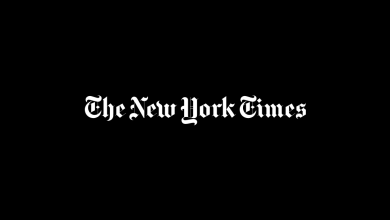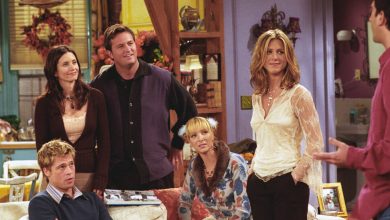A timeline of the tensions between Russia and Ukraine.

Two founding members of the Soviet Union — Russia and Ukraine — are once again at a flash point. Here are some pivotal moments that have led to Russia’s troop buildup on its western border with Ukraine:
February 2014 — Protesters in Ukraine overthrow President Viktor Yanukovych, who was friendly to Russia’s interests. During the revolution, more than 100 people are killed in protests that centered on the main square in the capital Kyiv, often called the Maidan.
The interim government that followed this pro-Western revolution eventually signs a trade agreement with the European Union that is seen as a first step toward membership of the bloc.
April 2014— Russia invades and then annexes the Ukrainian peninsula of Crimea. Two secessionist regions, the Donetsk People’s Republic and the neighboring Luhansk People’s Republic, break off from Ukraine.
The war continues in the eastern Ukrainian region known as Donbas. It then spreads west. Roughly 13,000 Ukrainian soldiers and civilians eventually die in the conflict. The front lines have barely shifted for years.
2014 and 2015 — Russia, Ukraine, France and Germany sign a series of cease-fire agreements known as the Minsk Accords. Many view these accords as ambiguous.
April 2019 — A former comedian, Volodymyr Zelensky, is elected by a large majority as president of Ukraine on a promise to restore Donbas to the country.
2021-2022 — President Vladimir V. Putin of Russia seeks to prevent Ukraine’s drift toward the United States and its allies. Mr. Putin demands “security guarantees,” including an assurance by NATO that Ukraine will never join the group and that the alliance pulls back troops stationed in countries that joined after 1997.
Many Russians view the Ukrainian capital, Kyiv, as the birthplace of their nation and cite the numerous cultural ties between the two countries.
Here is a brief recap of their relations in the 20th century:
1922 — Russia and Ukraine became two of the founding members of the Soviet Union.
1932 and 1933 — A famine caused by Stalin’s policy of collectivization kills millions of people, mainly ethnic Ukrainians in a country that is known as the bread basket of the Soviet Union. The disaster is known as the Holodomor.
1941-1944 — Nazi Germany and the Axis powers occupy the country during World War II.
1991 — The Soviet Union is terminated via a treaty. Ukraine becomes independent and begins a transition to a market economy. It also comes into possession of a significant stockpile of nuclear weapons that had belonged to the Soviet Union.





